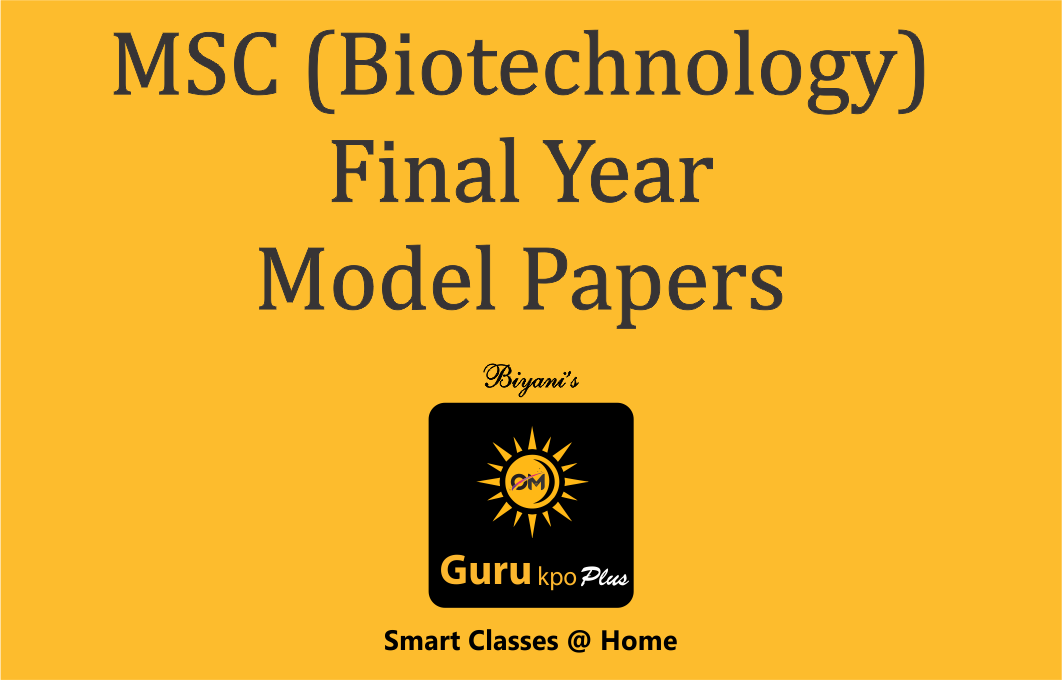Abstract
We devised a simple and rapid method to analyze fidelity of reverse transcriptase (RT) using next-generation sequencing (NGS). The method comprises a cDNA synthesis reaction from standard RNA with a primer containing a tag of 14 randomized bases and the RT to be tested, PCR using high-fidelity DNA polymerase, and NGS. By comparing the sequence of each read with the reference sequence, mutations were identified. The mutation can be identified to be due to an error introduced by either cDNA synthesis, PCR, or NGS based on whether the sequence reads with the same tag contain the same mutation or not. The error rates in cDNA synthesis with thermostable variant of Moloney mouse leukemia virus (MMLV) RT, MM4 (E286R/E302K/L435R/D524A), or the recently developed 16-tuple variant of family B DNA polymerase with RT activity, RTX, from Thermococcus kodakarensis, were 0.75−1.0 × 10-4 errors/base, while that in the reaction with the wild-type human immunodeficiency virus type 1 (HIV-1) RT was 2.6 × 10-4 errors/base. Overall, our method could precisely evaluate the fidelity of various RTs with different reaction conditions in a high-throughput manner without the use of expensive optics and troublesome adaptor ligation.
We next optimized the conditions so that one NGS run could handle cDNA products from multiple cDNA synthesis reactions performed at different conditions. This was achieved by using a primer containing not only the tag of 14 randomized bases to label each cDNA molecule but also a tag of five bases to label each reaction condition. With this method, we quantitated the error rates of 44 cDNA synthesis reactions by retroviral RTs or genetically engineered DNA polymerases with RT activity under different conditions. The results indicated that high concentrations of MgCl2, Mn(OCOCH3)2, and dNTP decrease the fidelity and that these effects are more pronounced in reactions using RT from human immunodeficiency virus type 1.
Keywords: cDNA, DNA polymerase, error rate, NGS, reverse transcriptase







